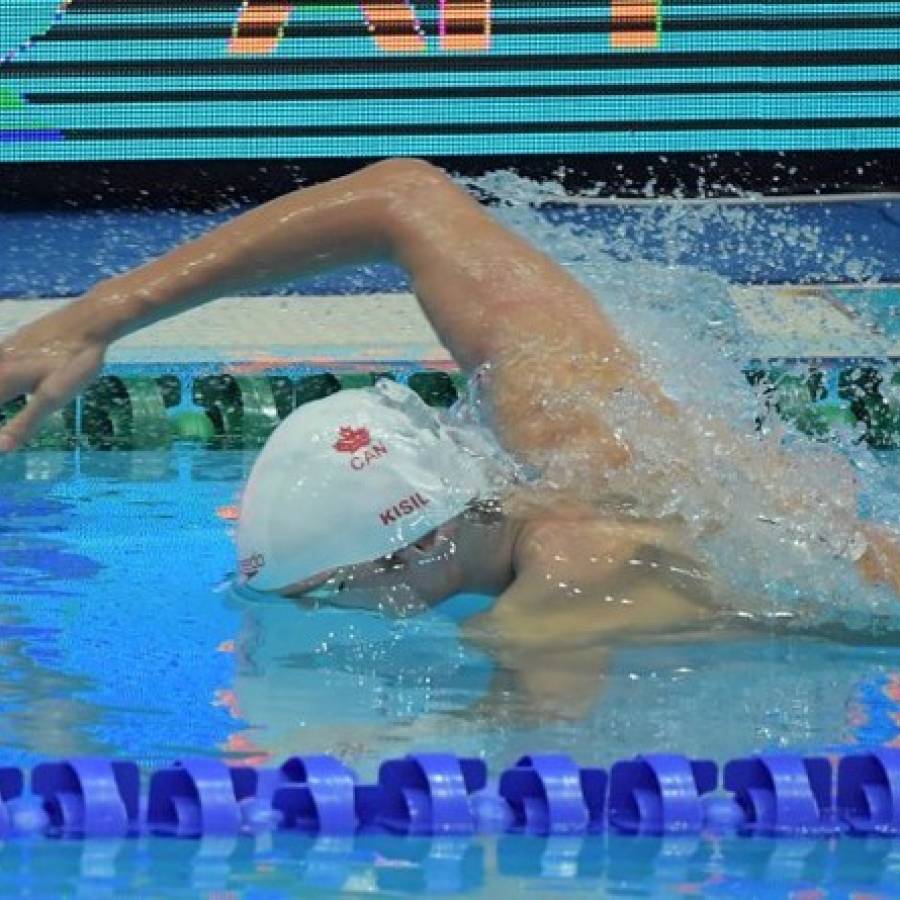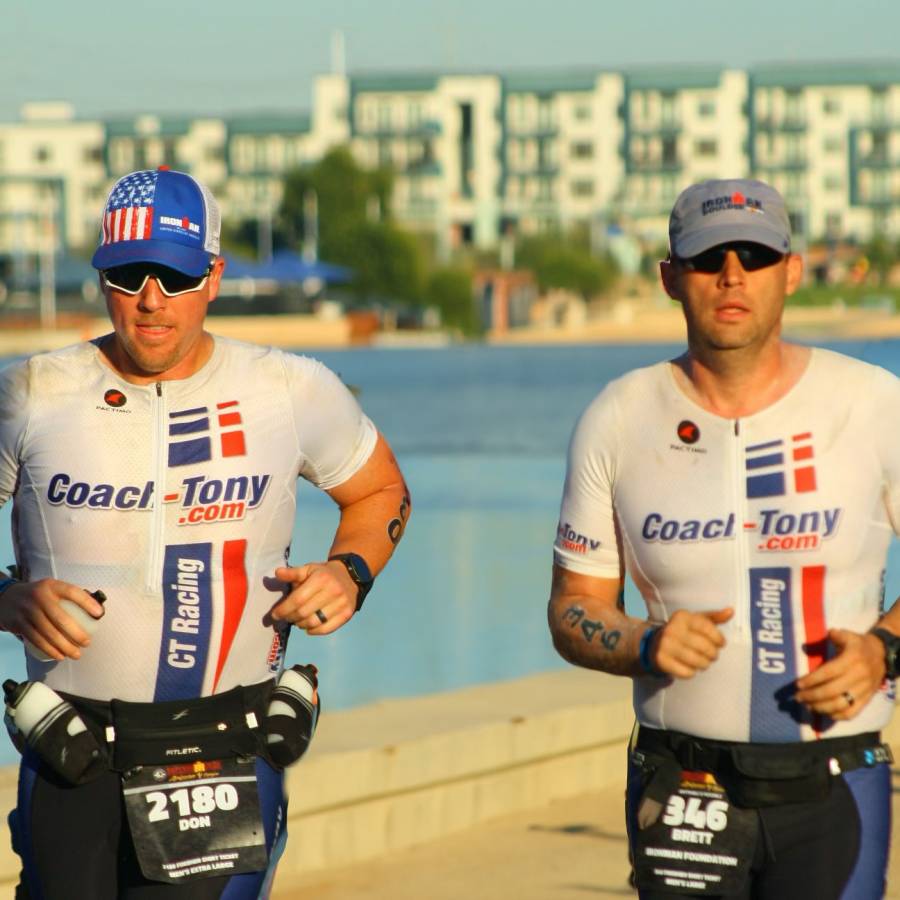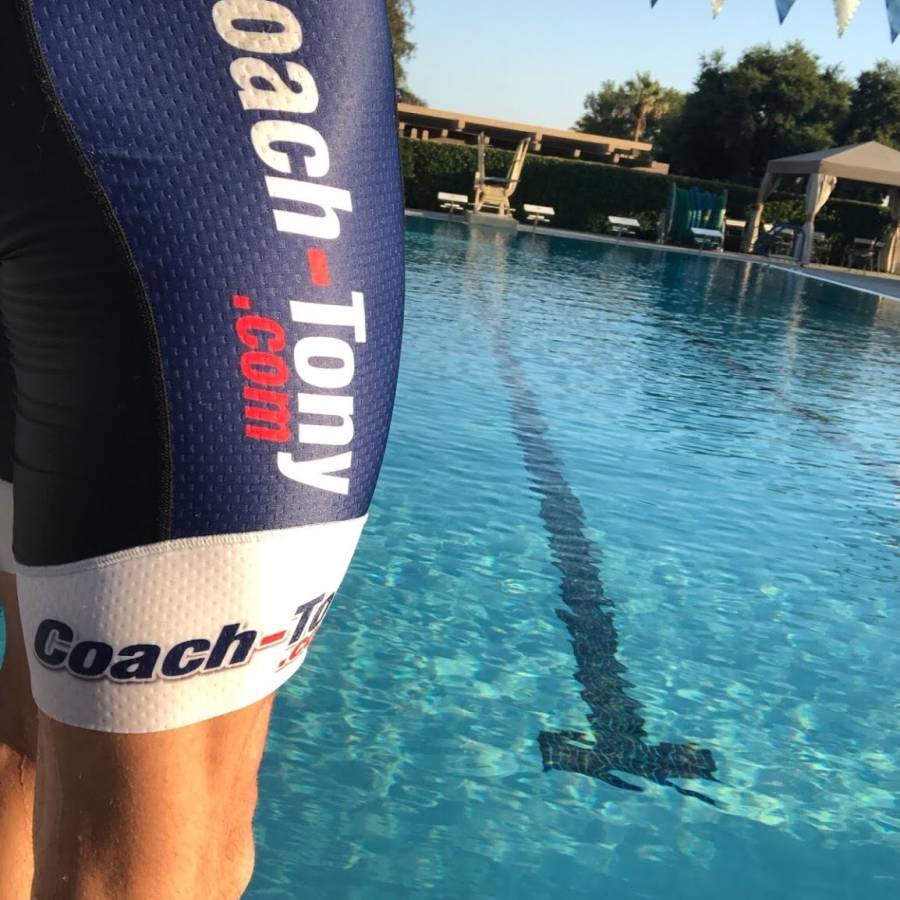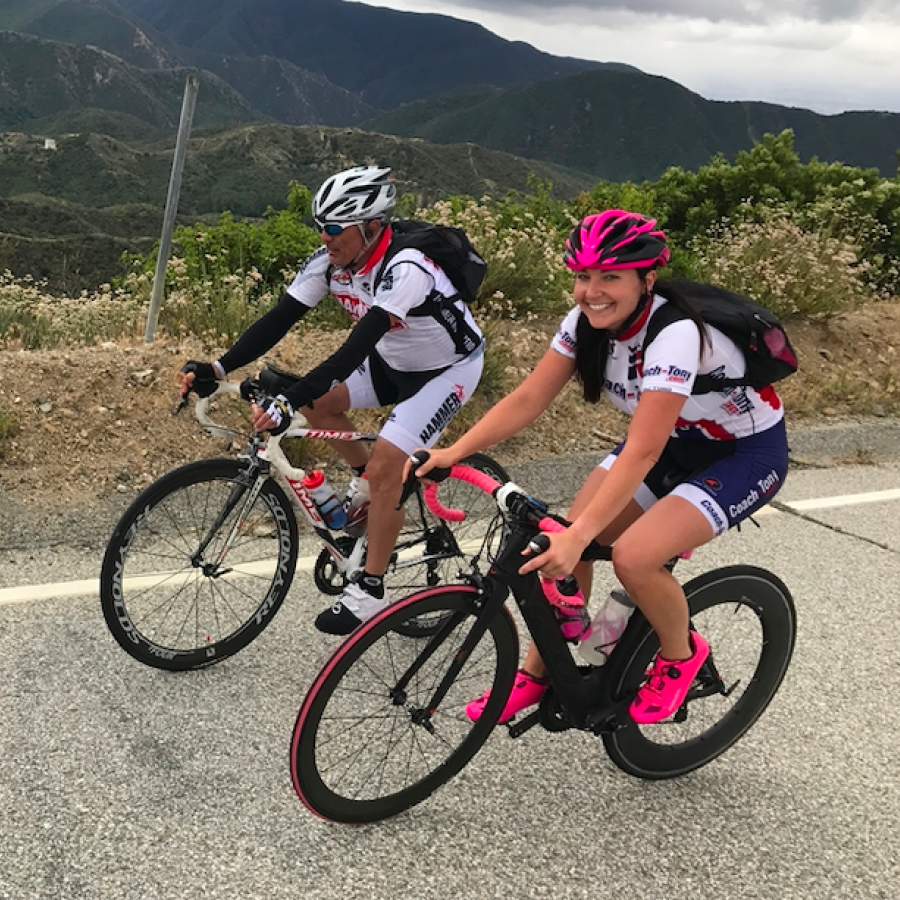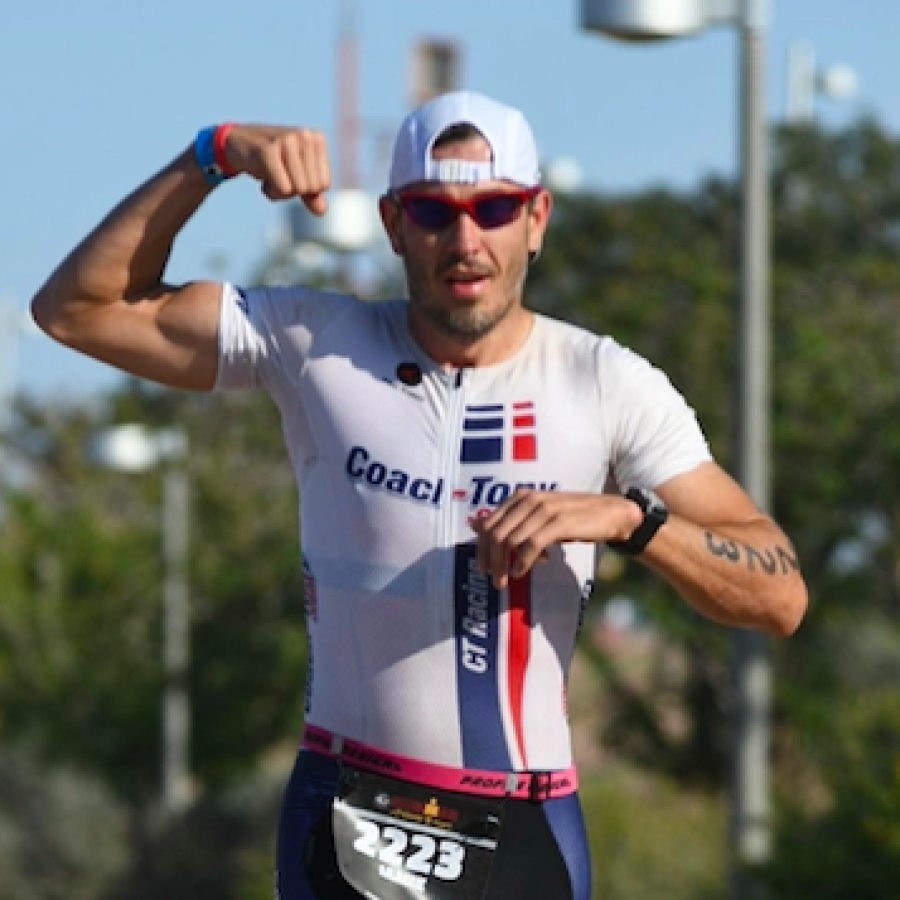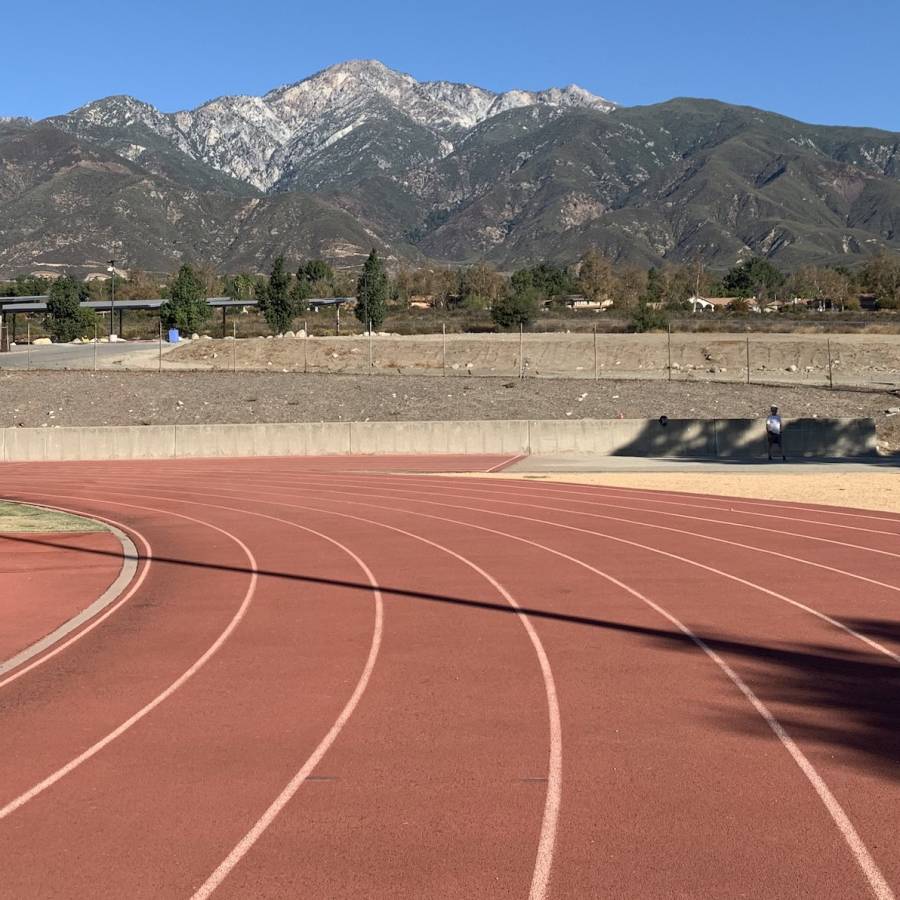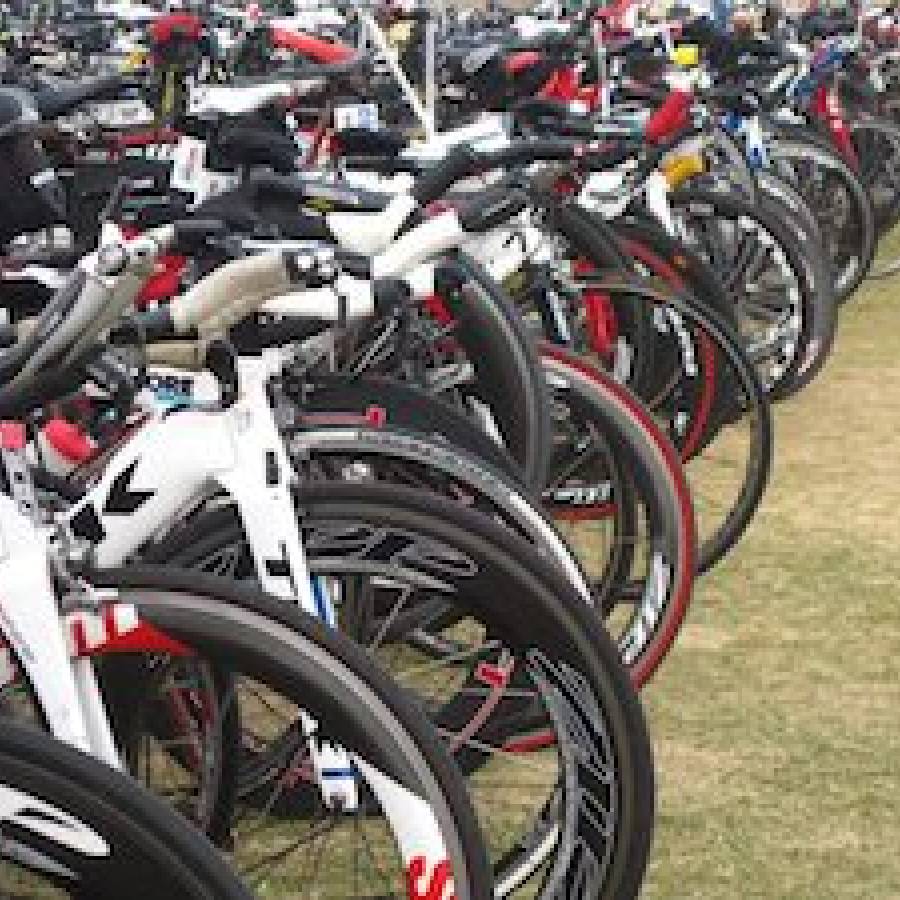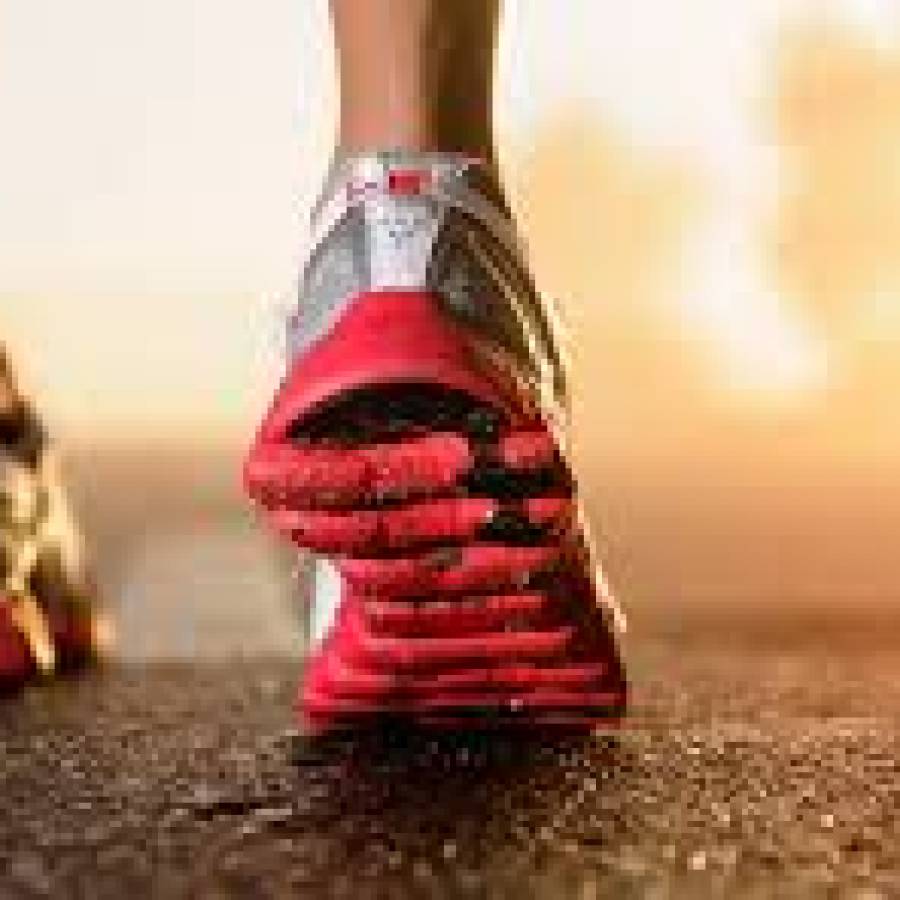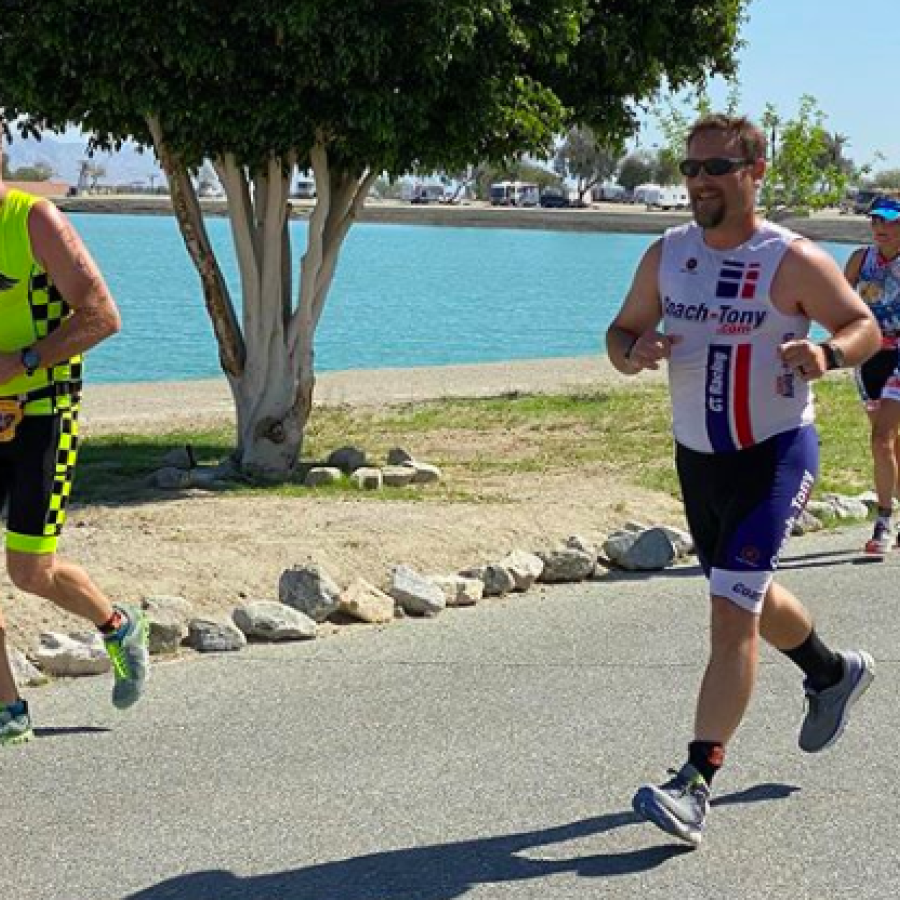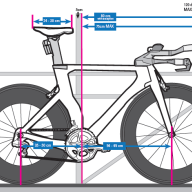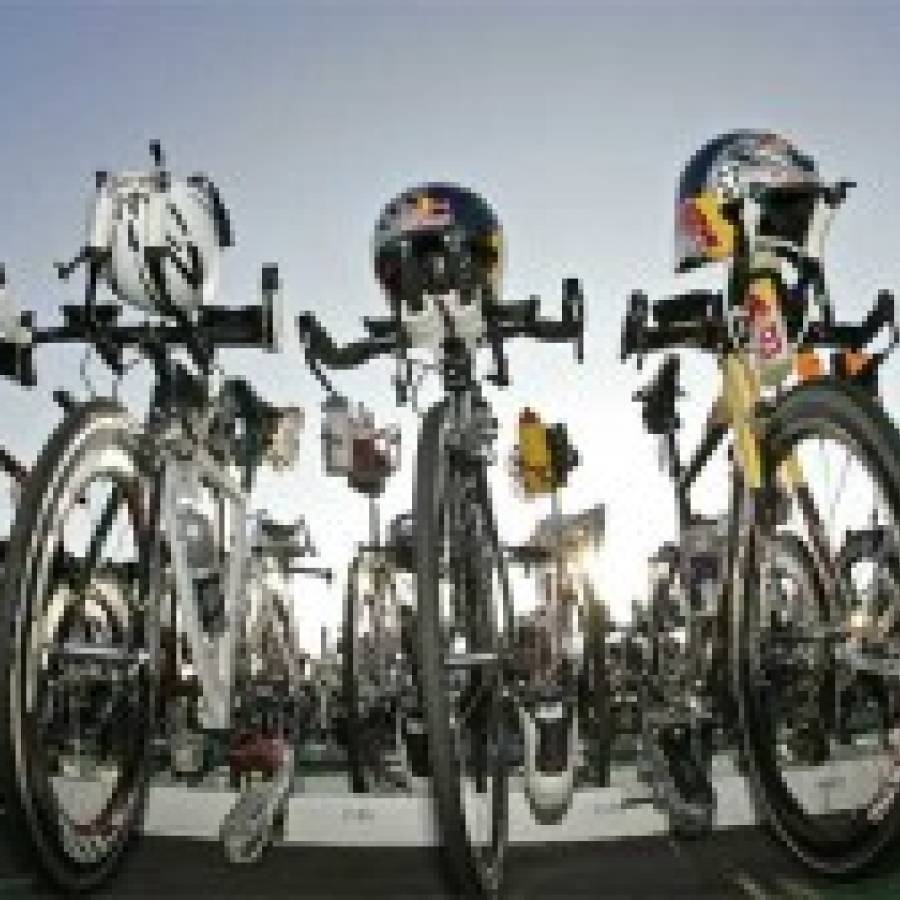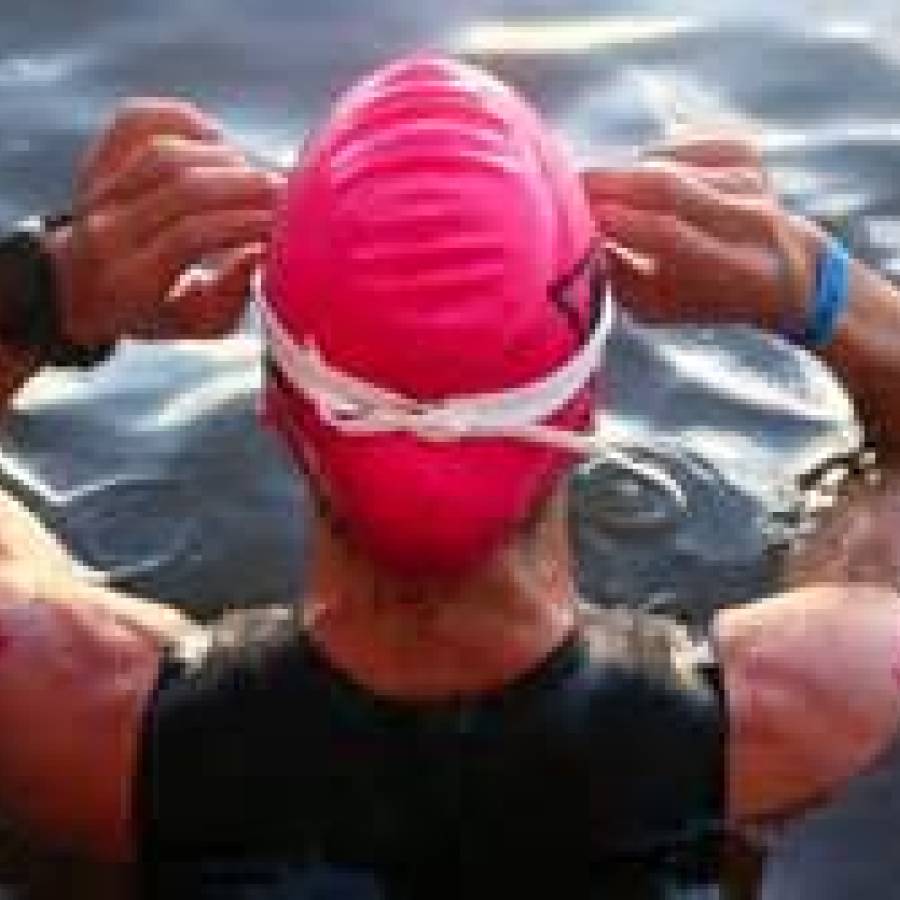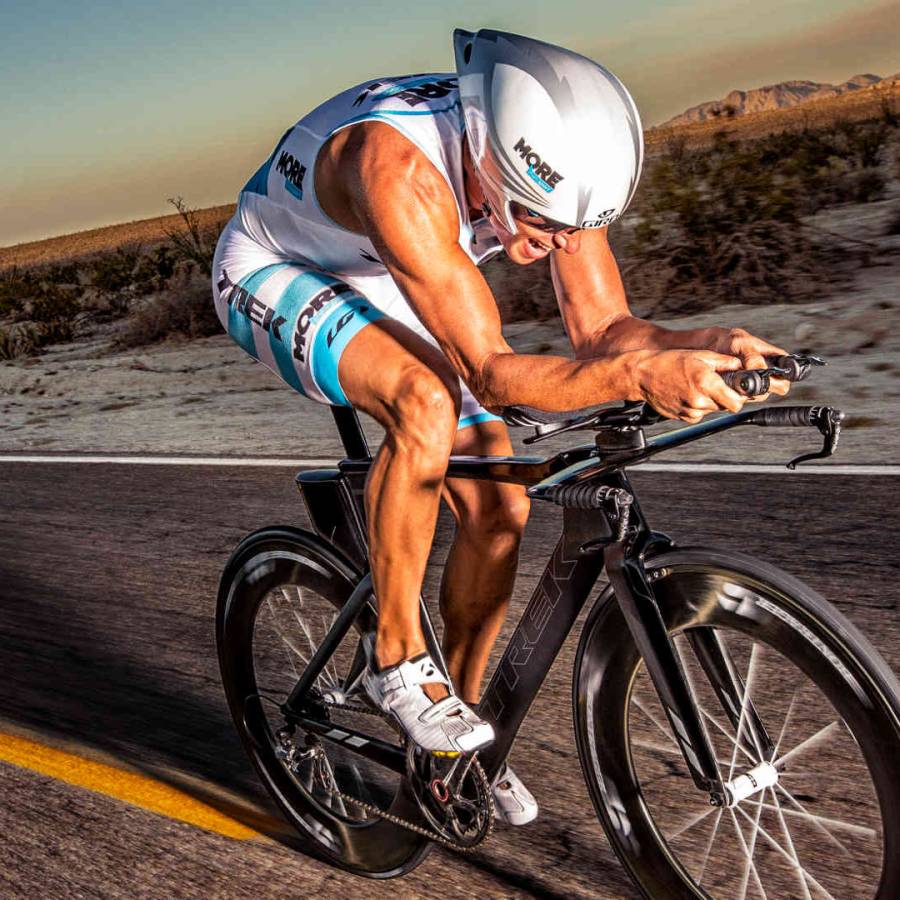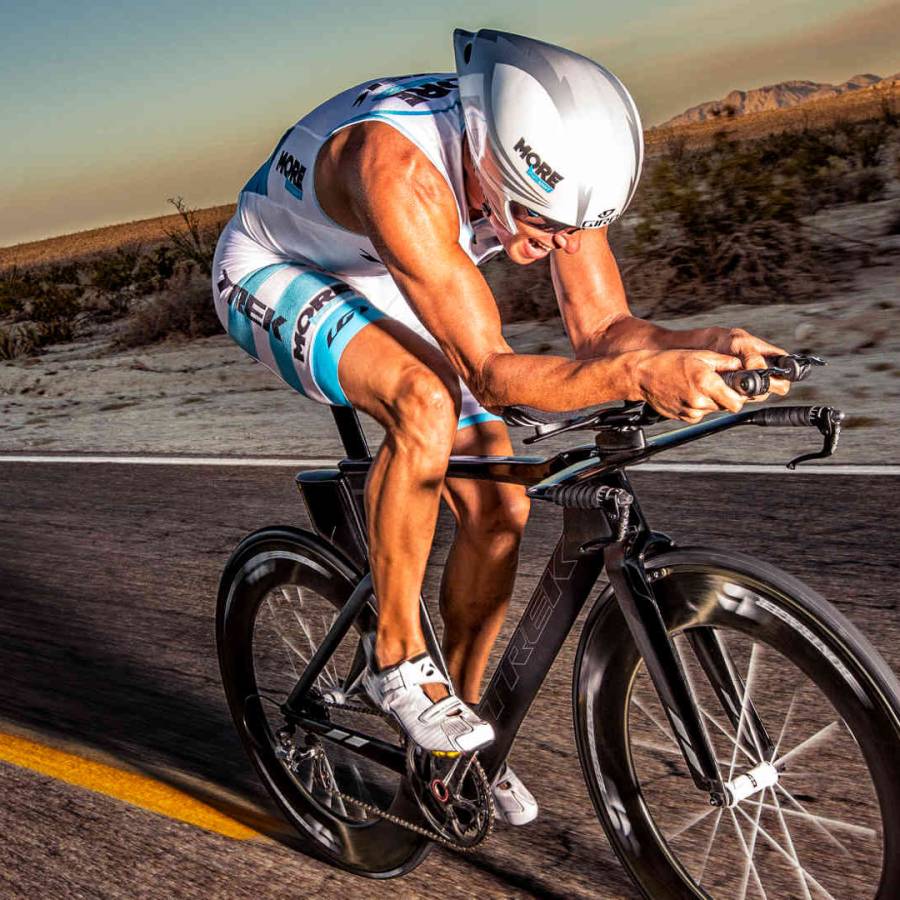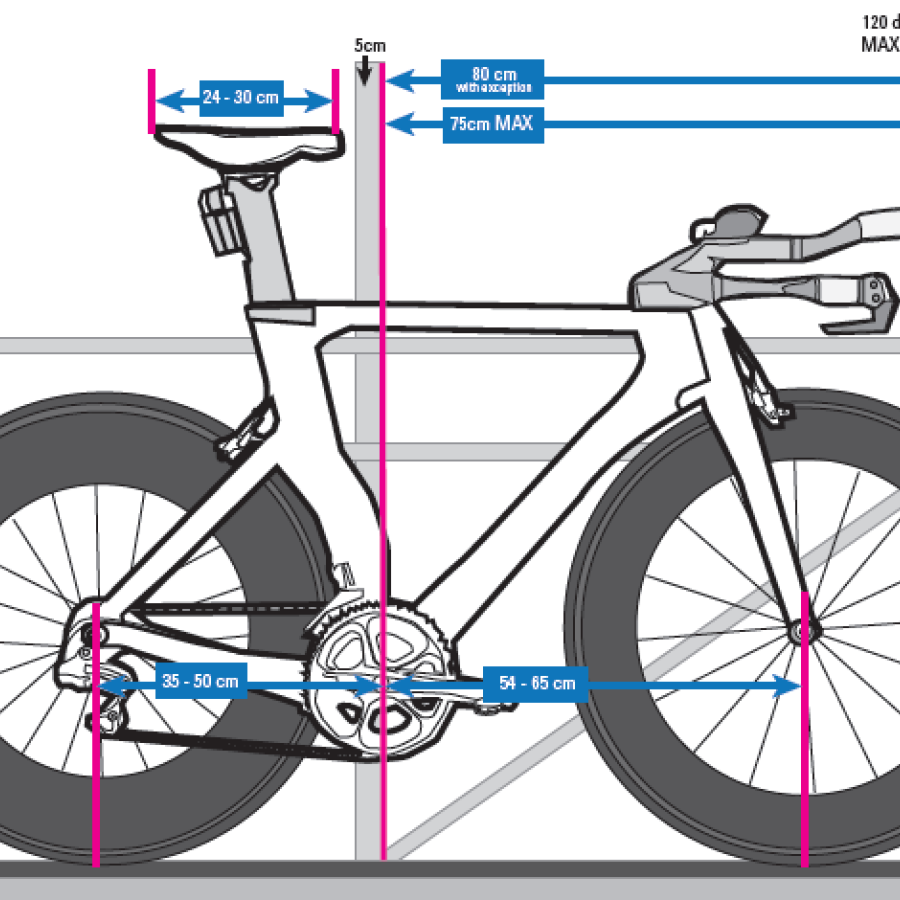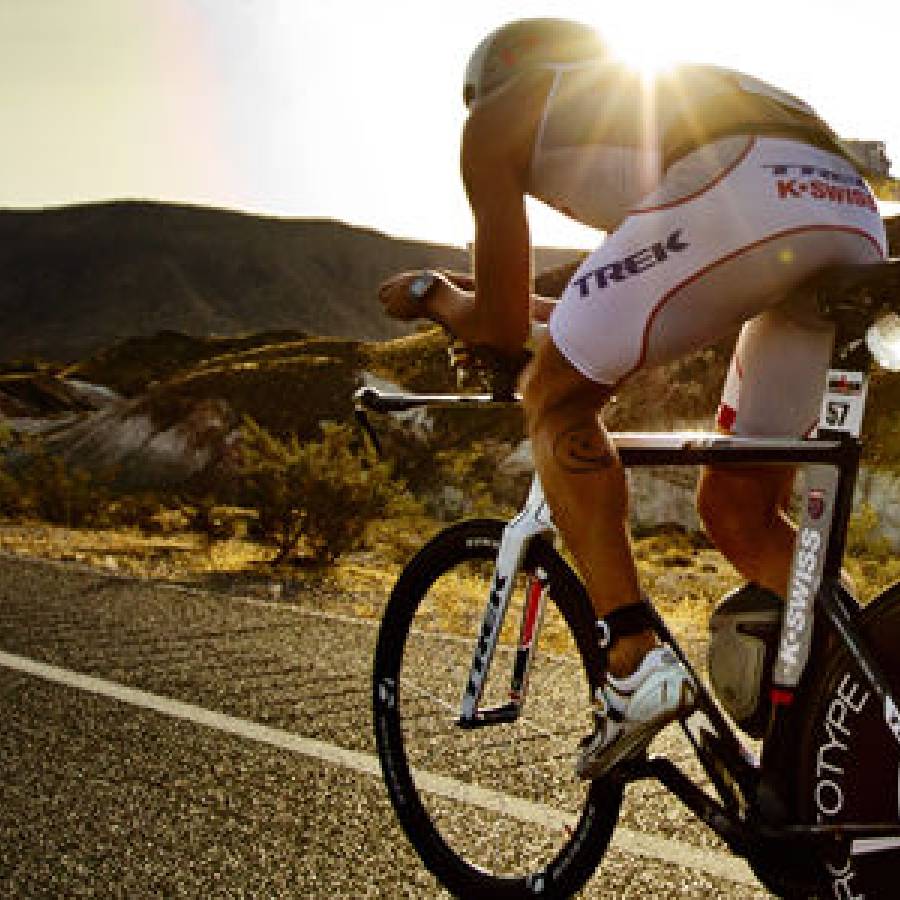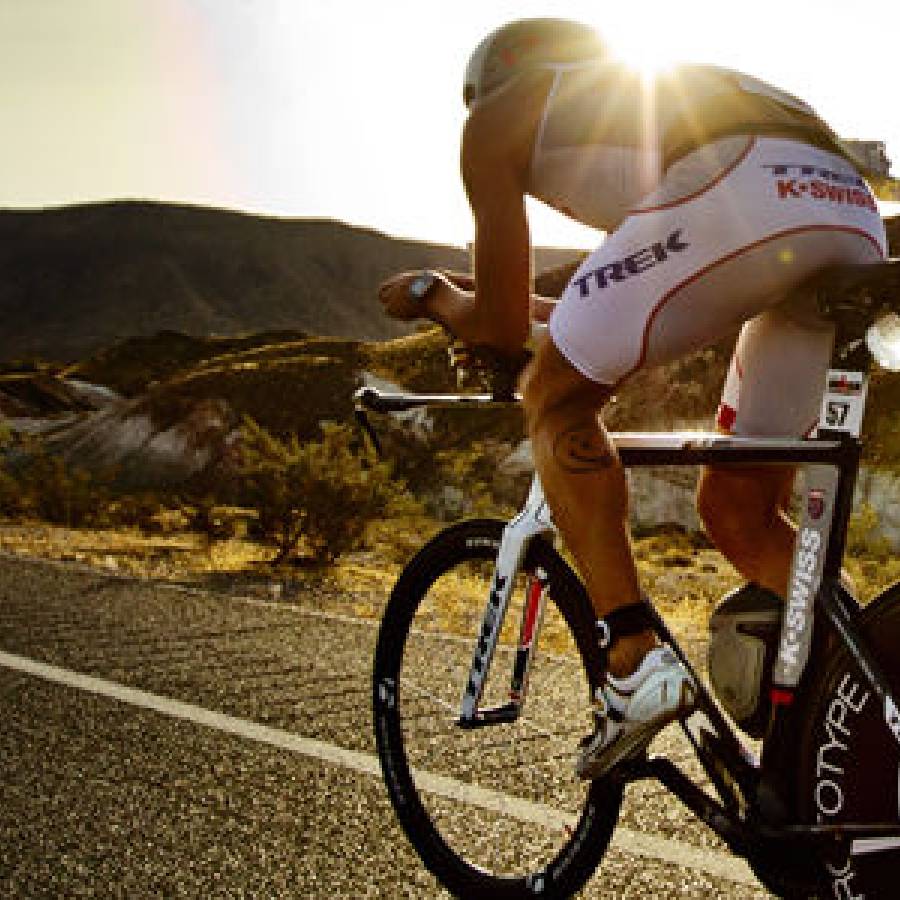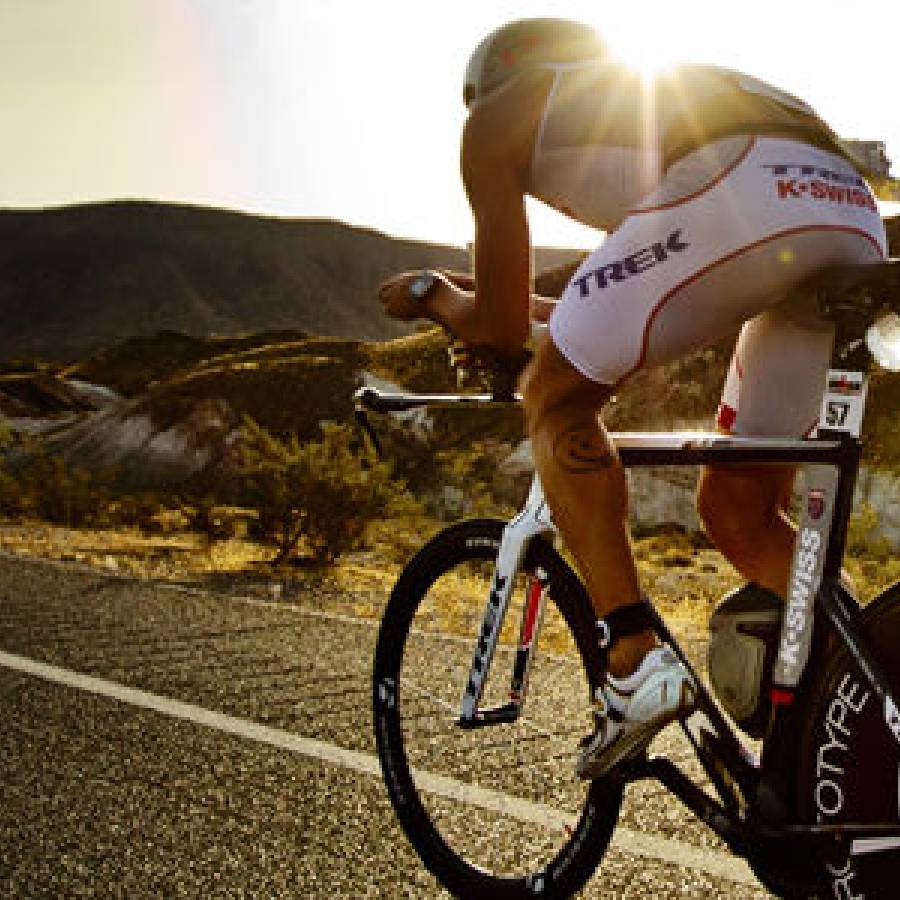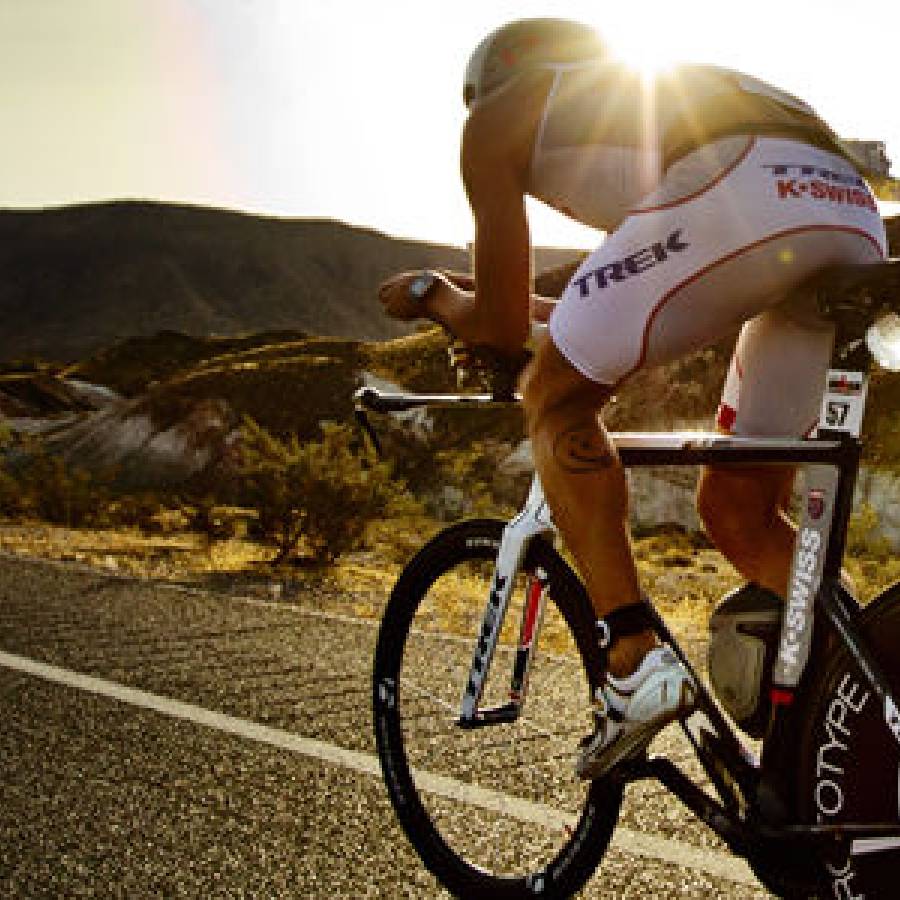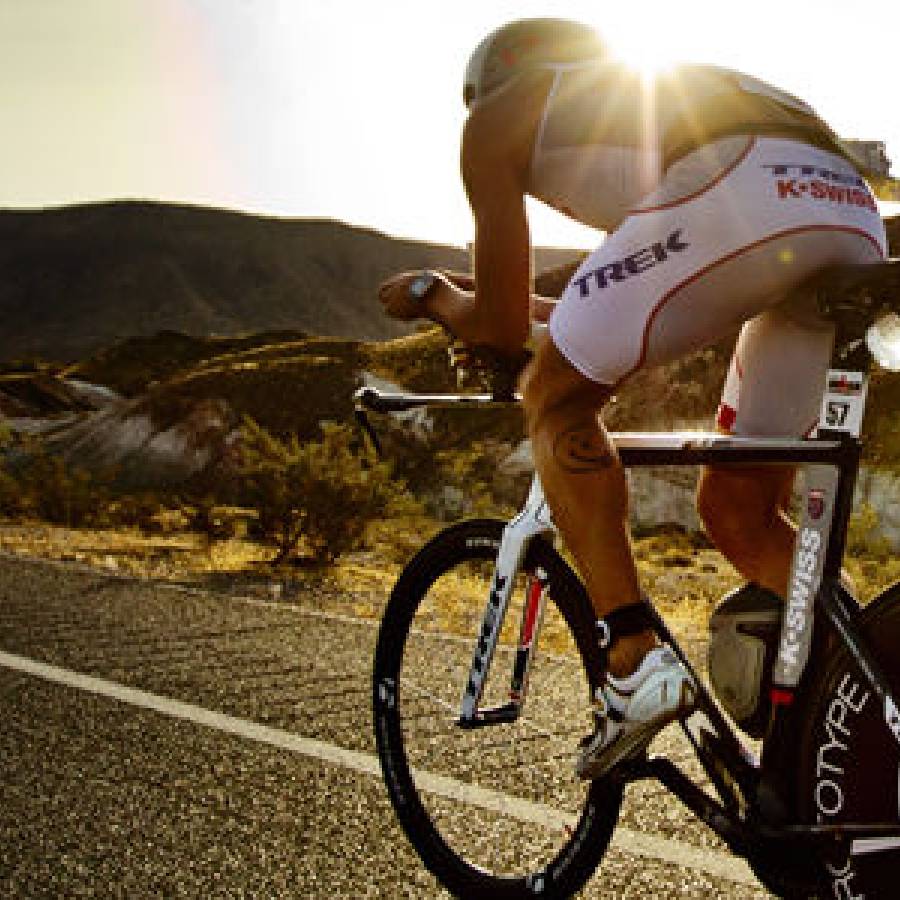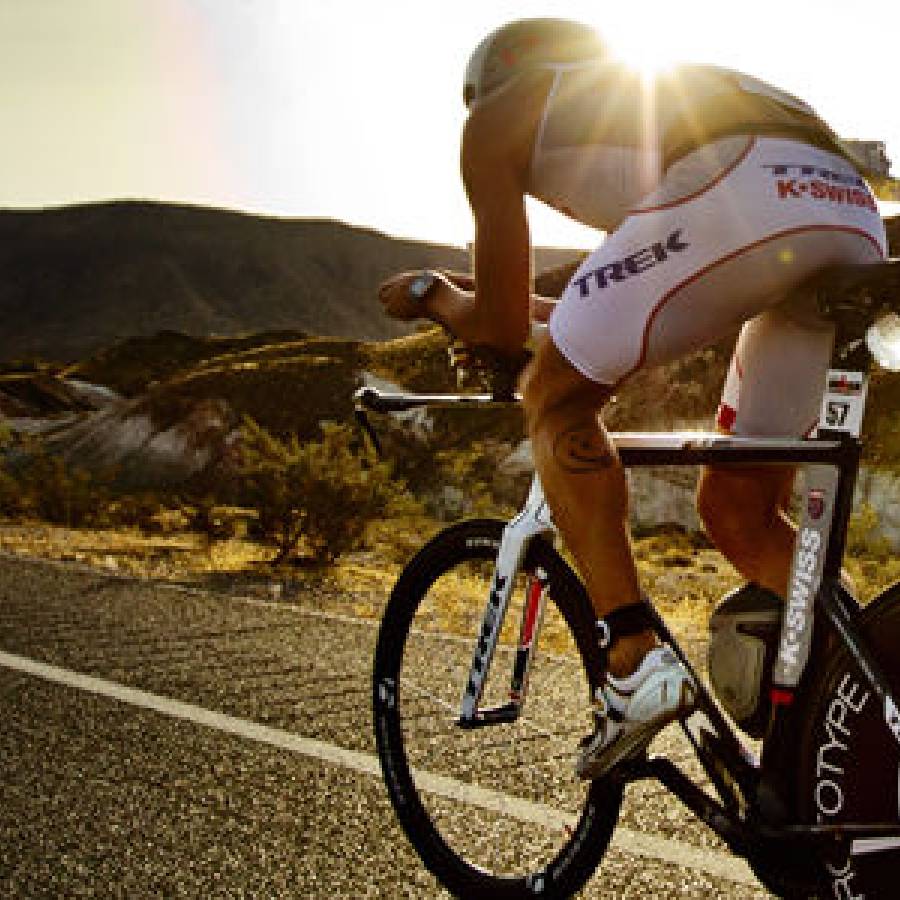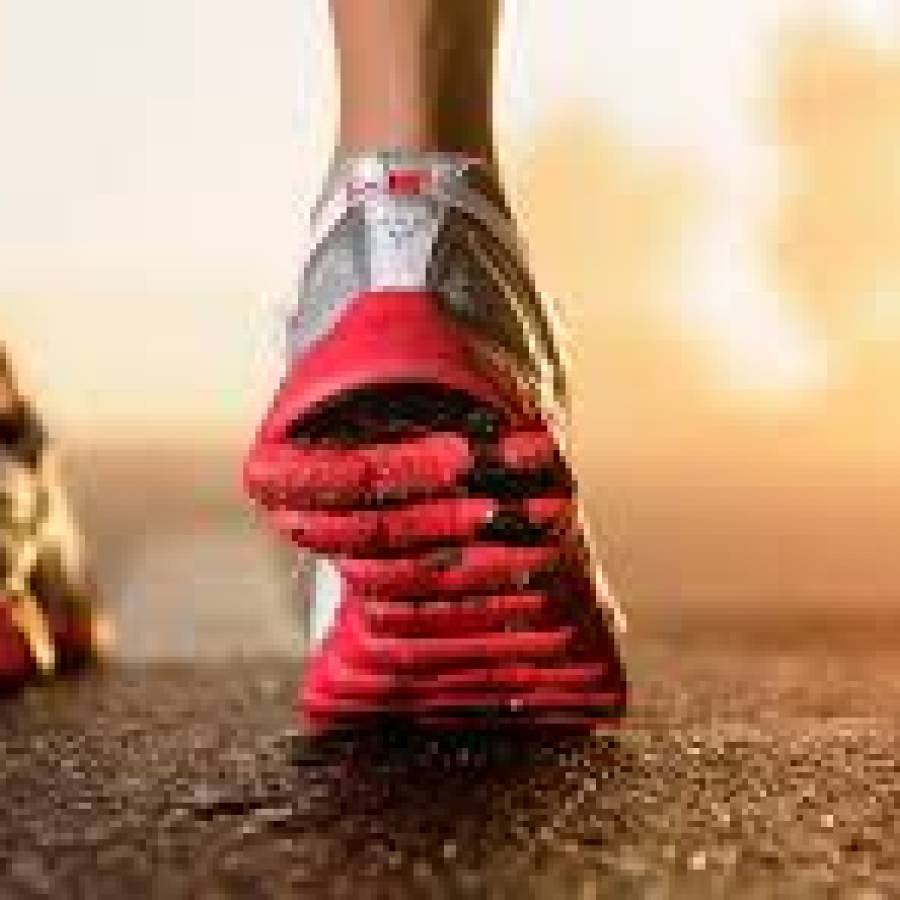Falling temperatures and fewer daylight hours don't mean that your outdoor running routine has to go into hibernation for the winter. Running through the cold weather can help shake those winter blues, improve your energy level, and guarantee that you'll be in better shape once bathing suit season rolls around. Follow these tips to run safely and comfortably through wintry weather:
Watch for Frostbite On really cold days, make sure you monitor your fingers, toes, ears, and nose. They may feel numb at first, but they should warm up a few minutes into your run. If you notice a patch of hard, pale, cold skin, you may have frostbite. Get out of the cold immediately and slowly warm the affected area. If numbness continues, seek emergency care.
Pay Attention to Temperature and Wind Chill If the wind is strong, it penetrates your clothes and removes the insulating layer of warm air around you. Your movement also creates wind chill because it increases air movement past your body. If the temperature dips below zero or the wind chill is below minus 20, hit the treadmill instead.
Protect Your Hands and Feet As much as 30% of your body heat escapes through your hands and feet. On mild days, wear gloves that wick moisture away. Mittens are a better choice on colder days because your fingers will share their body heat. You can also tuck disposable heat packets into your mittens. Add a wicking sock liner under a warm polar fleece or wool sock, but make sure you have enough room in your running shoes to accommodate these thicker socks.
Dress in Layers Start with a thin layer of synthetic material such as polypropylene, which wicks sweat from your body. Stay away from cotton because it holds the moisture and will keep you wet. An outer, breathable layer of nylon or Gore-Tex will help protect you against wind and precipitation, while still letting out heat and moisture to prevent overheating and chilling. If it's really cold out, you'll need a middle layer, such as polar fleece, for added insulation.
Check With Your MD Cold air can trigger chest pain or asthma attacks in some people. Before braving the elements, talk to your doctor if you have any medical conditions or concerns about exercising outdoors.
Avoid Overdressing You're going to warm up once you get moving, so you should feel a little bit chilly when you start your run. A good rule of thumb: Dress as if it's 20 degrees warmer outside than it really is.
Don't Forget Your Head About 40% of your body heat is lost through your head. Wearing a hat will help prevent heat loss, so your circulatory system will have more heat to distribute to the rest of the body. When it's really cold, wear a face mask or a scarf over your mouth to warm the air you breathe and protect your face.
Get Some Shades The glare from snow can cause snow blindness, so wear sunglasses (polarized lenses are best) to avoid this problem.
Don't Stay in Wet Clothes If you get wet from rain, snow, or sweat in cold temperatures, you're at an increased risk for hypothermia, a lowering of your body temperature. If you're wet, change your clothes and get to warm shelter as quickly as possible. If you suspect hypothermia -- characterized by intense shivering, loss of coordination, slurred speech, and fatigue -- get emergency treatment immediately.
Stay Hydrated Despite the cold weather, you'll still heat up and lose fluids through sweat. Cold air also has a drying effect, which can increase the risk of dehydration. Make sure you drink water or a sports drink before, during, and after your run.
By Christine Luff, About.com

